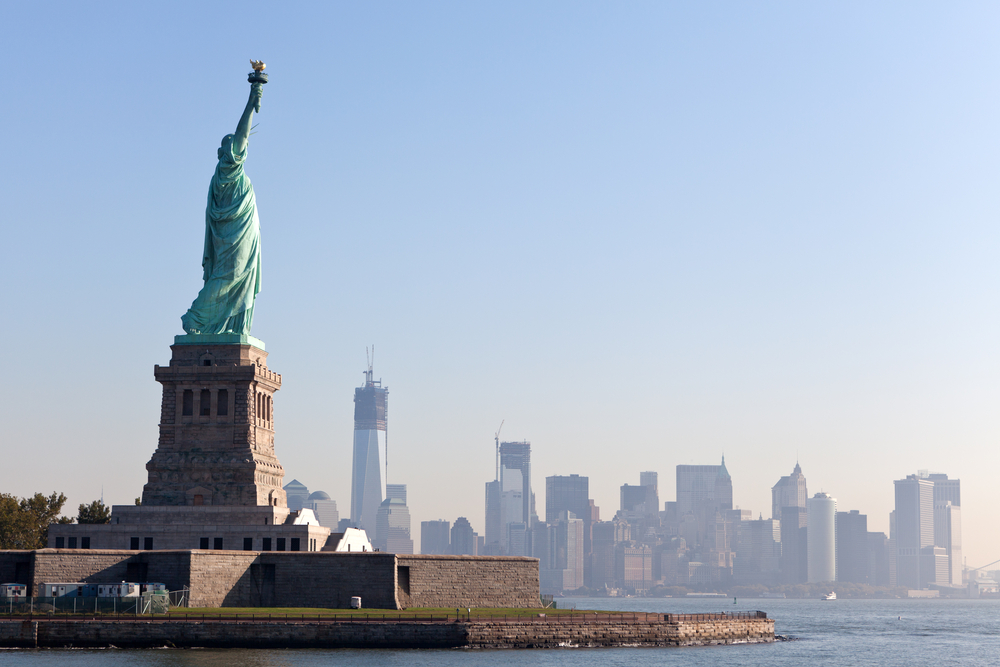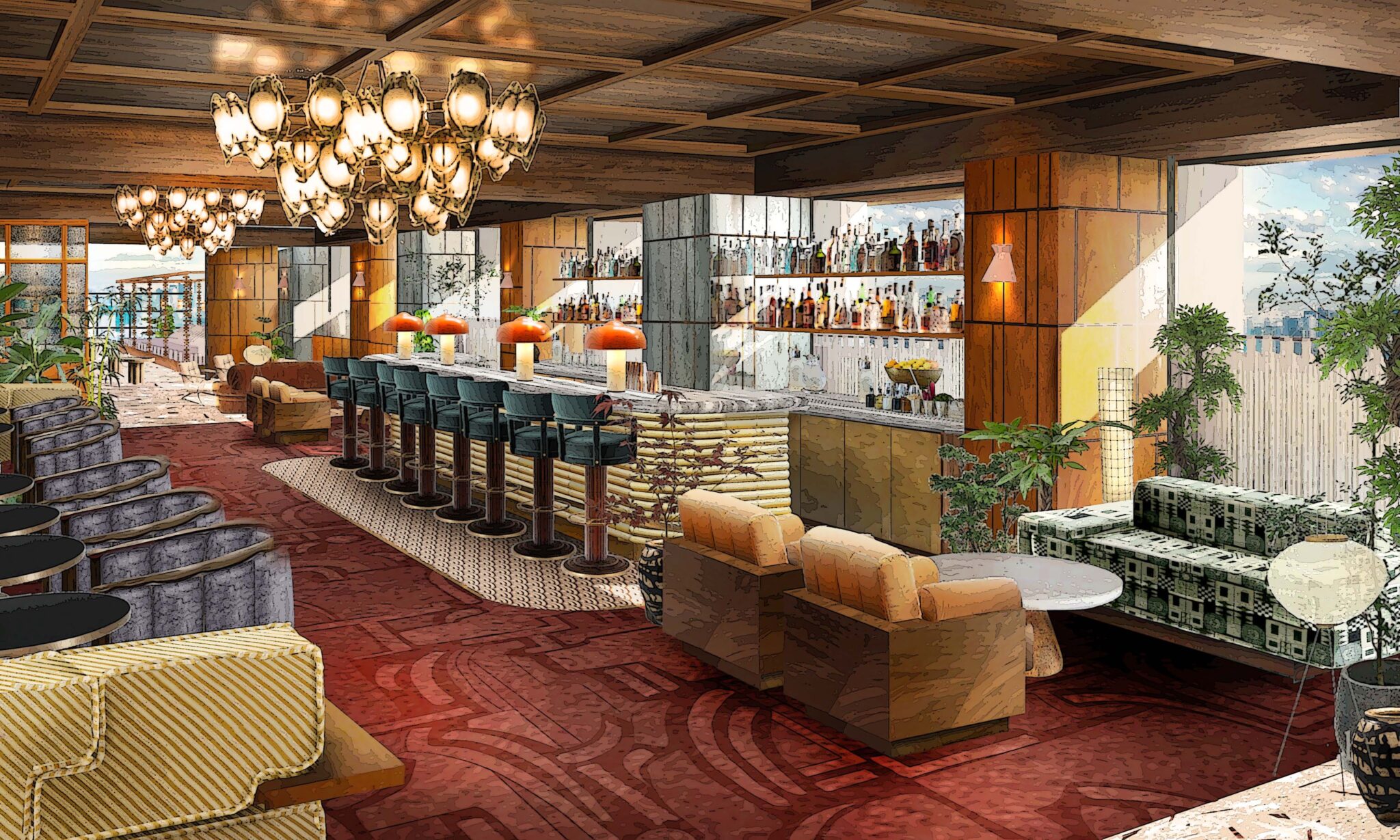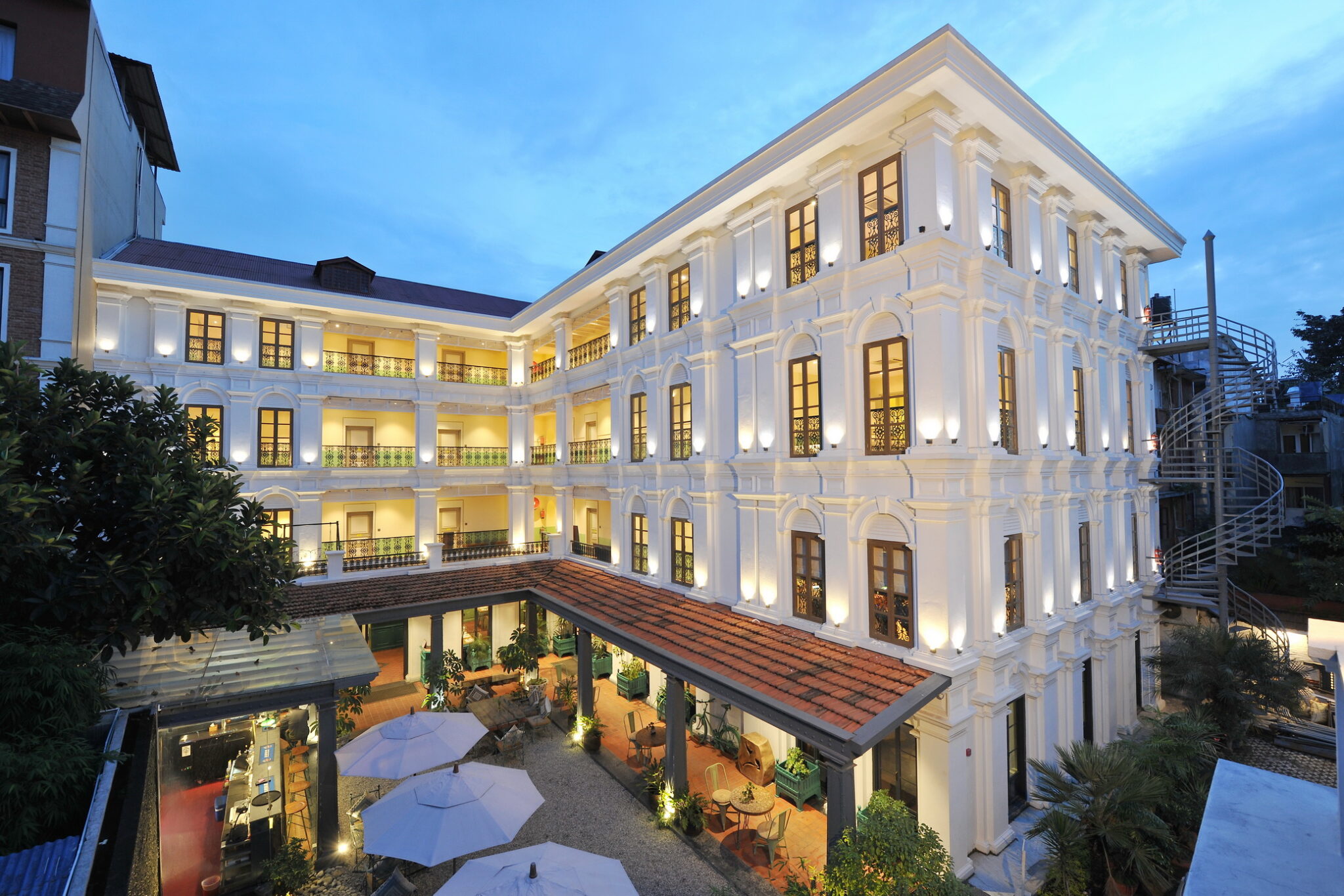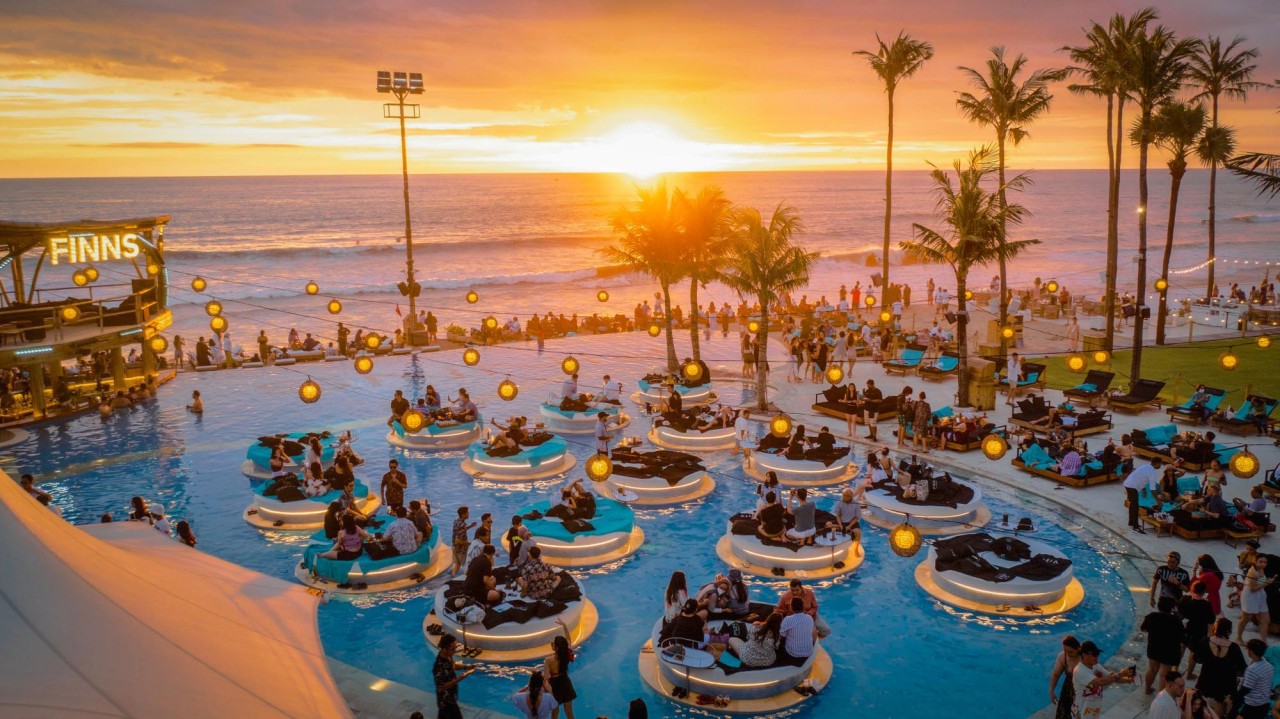According to data from STR, the U.S. hotel industry has broken records with high-performance levels in 2017.
Founded in 1985, STR provides multiple market sectors with premium global data benchmarking, analytics and marketplace insights. It maintains a presence in 15 countries with a corporate North American headquarters in Hendersonville, Tennessee, and an international headquarters in London, England.
The data shown below were compiled by STR and it’s proof that the hotel industry will have a great year ahead.
2016 vs 2017
- Occupancy: +0.9% to 65.9%
- Average daily rate (ADR): +2.1% to US$126.72
- Revenue per available room (RevPAR): +3.0% to US$83.57
The absolute values in those three key performance metrics were each the highest STR has ever benchmarked. The U.S. hotel industry also set records for supply and demand. Based on percentage growth for the year, demand (+2.7%) significantly outpaced supply (+1.8%), even though the supply growth figure was the largest for the industry since 2009.
“The industry outperformed projections and reached record-breaking levels across the metrics in 2017,” said Amanda Hite, STR’s president and CEO.
Late-year demand growth, which was no doubt boosted by post-hurricane business in Houston and several major Florida markets, pushed well past a healthy influx of new rooms entering the marketplace. That allowed the industry to end the year well above forecasted levels after seeing more modest rates of growth through the first half of 2017.
Given the tax cut and the stronger GDP growth that is expected, U.S. hotels are in a solid position moving through 2018. Construction activity is on the decline for the first time since 2011, so even as demand growth subsides, the effects on occupancy and rates should be more manageable for hoteliers.
Among the Top 25 Markets, Houston, Texas, reported the year’s largest spike in RevPAR (+10.5% to US$71.97), due primarily to the largest increase in occupancy (+7.1% to 66.7%). The market’s performance was lifted late in the year as the effects of Hurricane Harvey filled hotels with displaced residents, relief workers, insurance adjusters and other hurricane-related demand.
Nashville, Tennessee, posted the largest rise in ADR (+6.2% to US$142.82) despite a supply-growth-related decline in occupancy (-0.8% to 74.1%).
Orlando, Florida, reported the only other double-digit jump in RevPAR (+10.0% to US$96.40), due to the second-highest increases in occupancy (+4.9% to 79.3%) and ADR (4.8% to US$121.53).
Overall, 18 of the Top 25 Markets recorded year-over-year RevPAR growth in 2017.
With healthy supply growth ahead of its Super Bowl host year, Minneapolis/St. Paul, Minnesota-Wisconsin, reported the steepest declines in ADR (-2.1% to US$115.89) and RevPAR (-3.6% to US$77.59).
Also affected by supply growth, Dallas, Texas, experienced the largest drop in occupancy (-2.5% to 69.6%).
In absolute values, New York, New York, recorded the highest levels in occupancy (86.7%), ADR (US$255.54) and RevPAR (US$221.60).
Q4 2017
During the fourth quarter of 2017, U.S. hotel occupancy rose 1.8% to 61.7%, ADR was up 2.4% to US$125.34 and RevPAR increased 4.2% to US$77.34.
Among the Top 25 Markets, Houston experienced the largest increases in all three key performance metrics: occupancy (+26.8% to 72.5%), ADR (+11.1% to US$110.06) and RevPAR (+40.9% to US$79.82).
Miami/Hialeah, Florida, posted the quarter’s second-largest rise in each of the three metrics: occupancy (+9.0% to 77.0%), ADR (+6.6% to US$197.82) and RevPAR (+16.3% to US$152.42).
Minneapolis/St. Paul reported the largest decline in RevPAR (-4.3% to US$69.93), due primarily to the largest drop in ADR (-4.0% to US$114.01).
San Francisco/San Mateo, California, experienced the largest decrease in occupancy (-2.9% to 77.8%).
All data are sourced from STR. For further information, you may visit their official website at STR.com.



 share
share









































